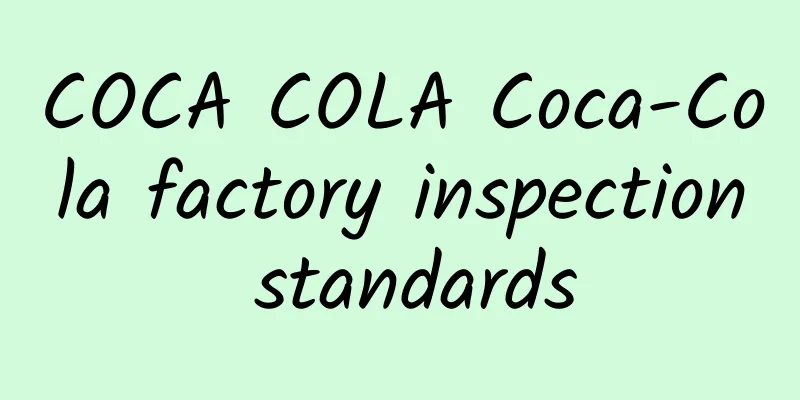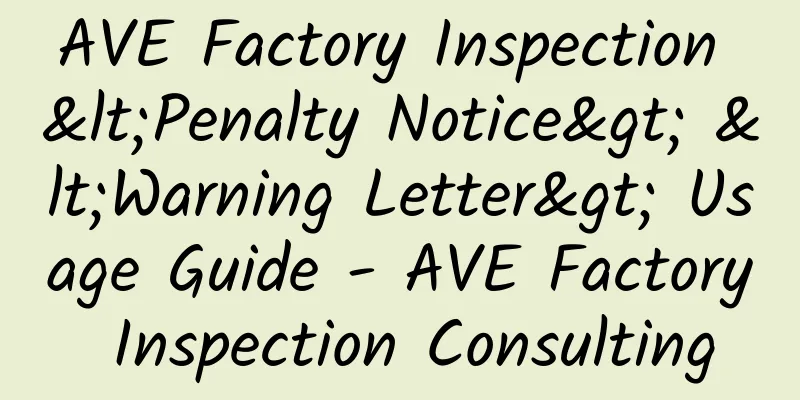Anti-Terrorism Container Security Management Guidelines

|
One purpose Standardize the security management of containers to ensure the absolute safety of the company's products and ensure compliance with the U.S. Customs Department, National Security Department, Federal Container Security Department, and Customs-Merchant Joint Anti-Terrorism Regulations. 2. Scope of application/position Applicable to security department staff Applicable to security supervisor, duty manager, warehouse supervisor Three responsibilities a. Duty Manager 2. Supervise the container loading and unloading process to strictly follow the guidelines. 3. Check whether the container license plate, cargo, seal and security record documents are consistent. 4. Handle emergencies. 5 Security Supervisor 6. Responsible for the use, storage and registration of seals. b. Train and supervise subordinates to adhere to the container seal usage procedures. c Warehouse Supervisor 1. Train and supervise subordinates to adhere to the container seal usage procedures. 2. Check the safety of loading and unloading cargo in container trucks. d. Operational Guidelines Security Department 1. Carry out various inspections. When a container truck enters the factory to load or unload goods, the security guard at the gate should politely ask the driver or person in charge to show the correct loading and delivery documents, and carefully check and verify the correctness and completeness of the documents. 2 Check whether the container is loaded with flammable, explosive, dangerous goods, biochemical substances and illegal items entering the factory. The inspection areas mainly include the container ceiling, left and right walls of the container, container doors, container top, container floor, and rear container wall. After all places have been professionally inspected and confirmed to be correct, the container truck can be released to enter the factory. After the container is loaded in the loading area, the security guards will also check the corresponding parts, and only after they are correct can it be released to leave the factory. 3 Check the top and bottom of the container and the cab to see if they comply with safety regulations to prevent any dangerous items from being left behind. 4 After the container vehicle is inspected and found to be normal, a "Vehicle Entry and Exit Permit" will be issued and the security guard will escort the container vehicle to the designated loading and unloading location for loading and unloading. Trucks are not allowed to park in non-truck parking areas. 5. During the loading and unloading process of container vehicles, the cargo platform security guard must be on site to inspect and supervise. Finished product shipments must enter and exit the company's finished product warehouse and must be intact. 6 It is strictly forbidden for non-loading personnel to play around the container truck, and non-staff to enter the loading site. It is strictly forbidden for the driver or the driver's assistant to load the cargo. During loading, the driver and the assistant can only move around the driver's seat of the car. The driver is not allowed to enter the warehouse and is not allowed to use the toilet in the warehouse. 7 During the loading process, no non-loading personnel are allowed to enter the loading area of the cargo platform. At the same time, the loading personnel should be supervised by the security personnel. No one is allowed to bring personal belongings into the loading area. At the same time, the factory monitors through the camera equipment installed above the loading platform. No one is allowed to load non-designated loading items into the container. 8 After the container is loaded, the security guard should carefully assist relevant personnel to inspect the container, complete various procedures, lock the container, affix seals, and then deliver the container truck to the factory gate. 9 The security guard at the gate should carefully check whether the container is locked and whether the seal is damaged. After the inspection is confirmed, the "Vehicle Entry and Exit Permit" will be taken back and relevant procedures will be completed before the vehicle can be released. e. Container blocking procedures 1. The seal is placed in a special box made by the Security Department and locked and kept by the Security Supervisor. 2. When using the seal, the warehouse supervisor shall inform the duty manager and apply to the security supervisor for permission to use the seal. 3. The use of seals must be delivered and recorded by the security supervisor, who must also be present to supervise the site. The seals must be carefully checked against the shipping documents to see if the numbers are consistent. 4. The seal number used for the container/truck must be recorded in the delivery document. 5. The security supervisor or manager must check all containers, trucks, and private cars entering and leaving the factory. 6.Container seals can only be applied for by the security supervisor and warehouse supervisor. When to use the seals: 7. Seal the goods immediately after loading and locking the door properly. 8. Seal the shipping documents and letter of authorization immediately after signing and confirming that they are correct. f. Other work 1. When there is evidence of damage or abnormality of the goods, a container contents list must be issued. Any changes and discrepancies in the seal must be recorded in the shipping documents and an accident report must be filled in. The accident report must be sent to the duty manager and security supervisor. 2. Once the truck seal record is completed, the used seals and completed records must be kept in the Security Department. 3. Container seals must be fully recorded and stored. 4. Container truck drivers, loaders and security personnel are not allowed to interact with each other privately or eat together. 5. Container Truck Transportation Procedure 6. The company informs the driver of the relevant route before the container truck is transported, and the driver must follow the route specified by the company. When choosing a route, it should be a safe route without past terrorist activities. 7 Before the container truck departs, the name, phone number and appearance of the pickup driver should be informed. 8 During the transportation process, the driver must contact the factory every half an hour via a wireless phone. If there is a special situation and the vehicle needs to stop midway, the driver must notify the factory immediately. During the transportation process, if an unknown person tries to stop the vehicle or force his way onto the vehicle, the driver must protect himself and notify the factory immediately so that the factory can call the police and handle the situation in time. 9 After the container truck arrives at the designated location, the driver must notify the factory in a timely manner. 10 After arriving at the designated location, the driver will first get off the vehicle to check if there is any abnormality with the container seal. If there is no abnormality, the container will be handed over to the corresponding vehicle receiving personnel to complete the handover procedures. |
<<: Anti-terrorism factory inspection on-site audit process
>>: Relevant points to note in anti-terrorism certification
Recommend
Ten principles of FSC certification
Principle 1: Comply with the law and FSC principl...
How to open a store on eBay? What are the steps to open a store on eBay?
Recently, many seller friends asked me how to ope...
ACC Certification Introduction
The Aquaculture Certification Council (ACC) is an...
Suppliers and subcontractors in BSCI certification
Supplier/Sub-supplier Entities in a company’s val...
SA8000 helps Chinese enterprises truly go global
SA8000 helps Chinese enterprises truly go global ...
How to open a store on eBay? What conditions must a company meet to register on eBay?
How to open a store on eBay? Step 1: Register an ...
Shopee Indonesia Cross-border Logistics Guide
1. Logistics services Shopee's cross-border l...
How is Good Friend International Freight Forwarder? What are the advantages of Good Friend International Freight Forwarder?
How about Good Friends International Freight Forw...
Procedures and requirements for EUROPEAN FLAX certification
1. Bureau Veritas certification must disclose at ...
Instagram marketing skills! Become a warm baby in the eyes of customers~
The term Ins marketing is not unfamiliar to peopl...
Some tips on Walmart ES factory inspection
Some tips on Walmart ES factory inspection concep...
What is OnBuy? What are the features of OnBuy?
OnBuy.com is a promising online marketplace that ...
Home Depot Code of Conduct
Home Depot Code of Conduct <BR>Ethical Stand...
(Mothercare factory audit standards) Mothercare accepts ETI standard audit
Mothercare undergoes ETI audit Advantages of impl...
Provisions of the Supreme People's Court on Several Issues Concerning the Trial of Administrative Cases on Work-related Injury Insurance
The "Provisions of the Supreme People's ...









